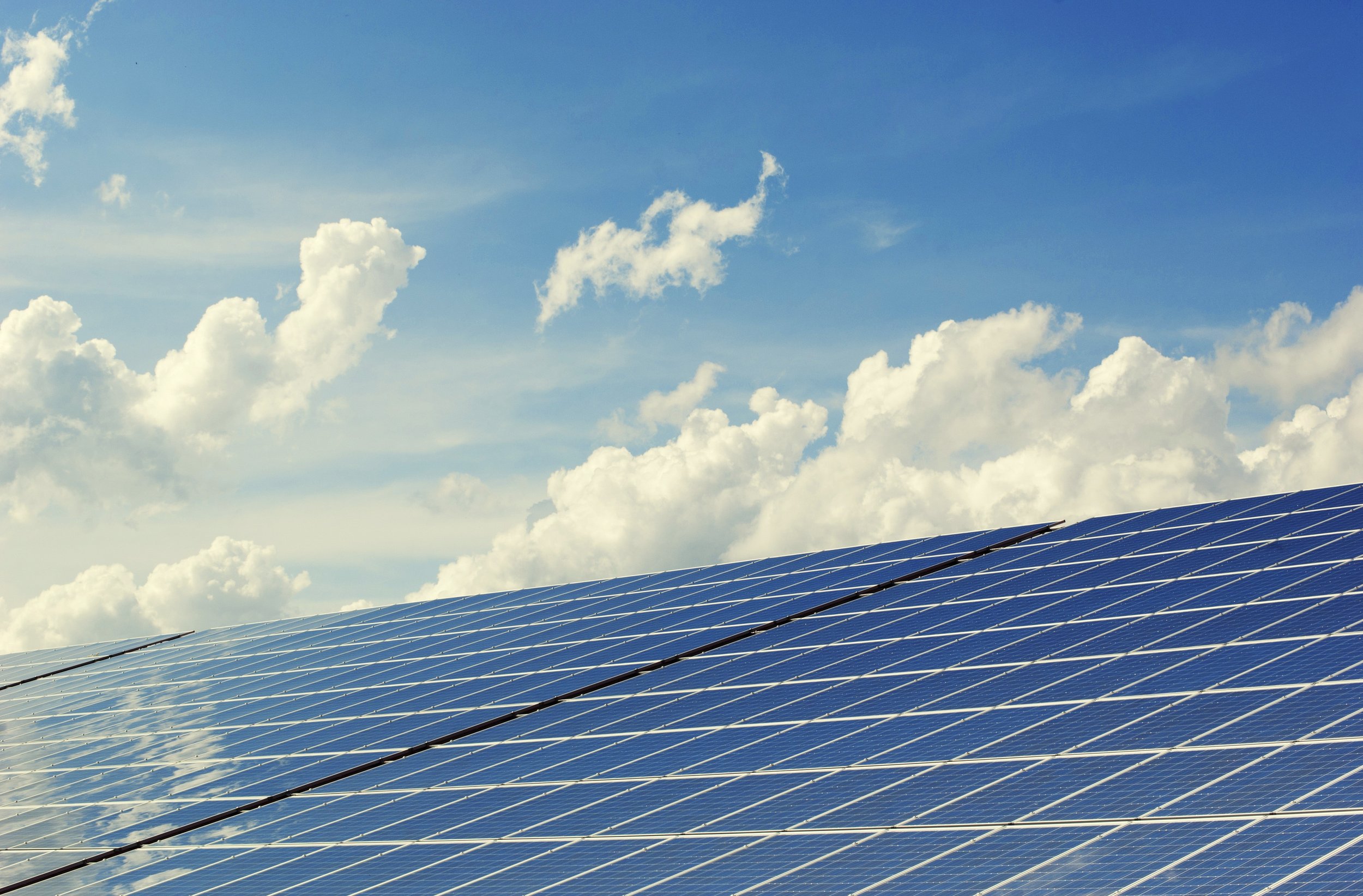Why Transforming the Sahara into a Solar Farm Isn't Ideal
Some have suggested that covering the Sahara Desert with solar panels could harness its abundant sunlight and provide a vast, sustainable energy source. However, this ambitious plan comes with significant drawbacks. Solar panels are dark and absorb heat, and in a desert like the Sahara, this would create an intense temperature difference between the desert and the surrounding oceans. This temperature gap could trigger major climate changes, potentially disrupting weather patterns globally.
The issue lies in solar panels converting only about 15% of the absorbed sunlight into electricity, with the rest released back into the environment as heat. With the Sahara's reflective sand replaced by heat-absorbing panels, the extra warmth could cause a cycle of rising temperatures that would negatively impact the climate, even if only 20% of the desert's surface were covered.
While the idea of harnessing the desert's solar energy sounds promising, it’s clear that altering climate patterns to such a degree would have devastating consequences. Instead, we should focus on more realistic solutions, like innovative vertical solar panels, which can multiply electricity generation without as much environmental risk.
Read more at Ecotias >
Why This Matters:
This matters because any major climate disruption could affect global supply chains and shipping routes. If putting solar panels in the Sahara intensifies climate change, we might see shifting weather patterns that could bring unexpected storms, droughts, and temperature swings, impacting ports and crucial logistics hubs.
Our Take:
While it sounds like a smart move to utilize all that desert sun for energy, the unintended consequences might create a logistical nightmare. The extra heat could throw global trade patterns into chaos, affecting fuel prices and disrupting key shipping lanes. It’s a classic case of “look before you leap.”
Investing in more practical and localized renewable solutions is a safer bet that won’t backfire on the climate.















Some have suggested that covering the Sahara Desert with solar panels could harness its abundant sunlight and provide a vast, sustainable energy source.